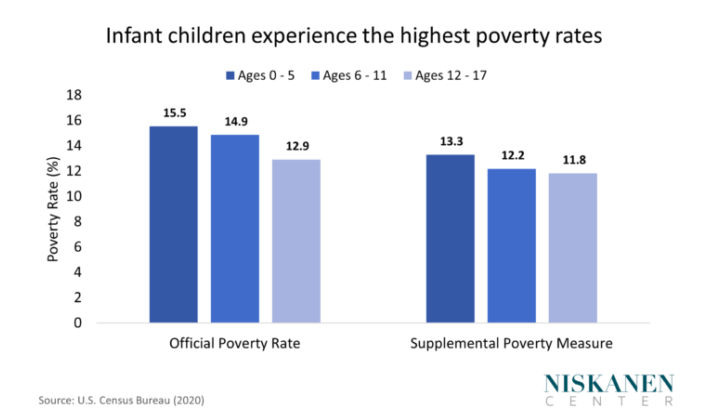
NEW PAPER AND THREAD: Why are climate economists' favorite tools (carbon pricing/emissions trading) so despised?
@dolanecon shows where economists have missed the mark or failed to make themselves understood - and how they can do better. niskanencenter.org/are-economists…
@dolanecon shows where economists have missed the mark or failed to make themselves understood - and how they can do better. niskanencenter.org/are-economists…
Are economists are wrong when they advocate carbon taxes/emissions trading as central elements of climate policy? Plenty of dedicated climate activists (some of whom are economists themselves) say "yes."
.@DrVolts writes that "climate economics and climate economists have blown it pretty comprehensively." @Noahpinion says that "climate economics has almost completely failed to be useful to the national policy discourse."
volts.wtf/p/a-rant-about…
noahpinion.substack.com/p/why-has-clim…
volts.wtf/p/a-rant-about…
noahpinion.substack.com/p/why-has-clim…
.@coolaidkid and @GernotWagner state that “the neoclassical orthodoxy in economics is fundamentally unequipped to deal with today’s biggest problems.” project-syndicate.org/commentary/neo…
.@DolanEcon says it's not so straightforward. Apologists AND critics of carbon pricing have gotten things wrong, and he has several suggestions for what economists can do better.
First, economists rely too heavily on the Pigovian model, which stands on a lot of assumptions.
First, economists rely too heavily on the Pigovian model, which stands on a lot of assumptions.

The Pigovian model relies on an idealized neoclassical world in perfect competitive equilibrium except for one distortion: carbon pollution.
Obviously, that's unrealistic.
And that's not the only assumption it makes....
Obviously, that's unrealistic.
And that's not the only assumption it makes....

The Pigovian model (and most neoclassical economics) also assumes that people will always act in their perfectly rational self-interest. Really, choices are more likely to conform to bounded rationality.
BUT this is true for regulations/subsidies too...
BUT this is true for regulations/subsidies too...
...choices rooted in bounded rationality slow consumers’ adoption of green technologies such as more efficient lightbulbs and refrigerators.
Price signals combined with regulations might work better than either policy by itself.
Price signals combined with regulations might work better than either policy by itself.
The Pigovian model assumes a fixed menu of technologies. All sources of emission are assumed to have full knowledge of these technologies and their costs.
BUT carbon pricing is far from irrelevant to a world of rapidly changing tech.
BUT carbon pricing is far from irrelevant to a world of rapidly changing tech.

Under the Pivogian model, we're supposed to know the social cost of carbon. But estimating that is still really, really difficult in the real world.
See this @BrookingsInst paper by @rff's Kevin Rennert et. al. brookings.edu/wp-content/upl…
See this @BrookingsInst paper by @rff's Kevin Rennert et. al. brookings.edu/wp-content/upl…
These are huge limitations, but it doesn't mean that we should abandon carbon pricing. It means that we need a different approach to pricing.
A "target-consistent" approach establishes a clear goal and then works backward to devise cost-effective policies to reach the target.
A "target-consistent" approach establishes a clear goal and then works backward to devise cost-effective policies to reach the target.
Carbon pricing is a strong candidate for inclusion in such a set of policies. The target-consistent approach is a natural fit when the chosen policy goal is deep #decarbonization – achieving net-zero #emissions by a chosen date.
See @noahqk et. al. nature.com/articles/s4155…
See @noahqk et. al. nature.com/articles/s4155…
Finally, we need to address the supposed political toxicity of carbon pricing. Yes, they get a lot of pushback, but so do most effective policies.
(And let's not forget that regs /subsidies are perhaps more vulnerable, see this @jadler1969
paper: niskanencenter.org/legal-and-admi… ).
(And let's not forget that regs /subsidies are perhaps more vulnerable, see this @jadler1969
paper: niskanencenter.org/legal-and-admi… ).

With that, @dolanecon lists some ways climate economists can more constructively contribute to the debate ⬇️⬇️⬇️ 

He concludes: "What economists should not do is withdraw from the debate...When it comes to climate change, we are much more supportive of climate action than the public officials. We ask only to be treated as part of the solution."
Full paper here: niskanencenter.org/are-economists…
Full paper here: niskanencenter.org/are-economists…
And don't miss this @mattyglesias piece: slowboring.com/p/economists-a…
• • •
Missing some Tweet in this thread? You can try to
force a refresh











